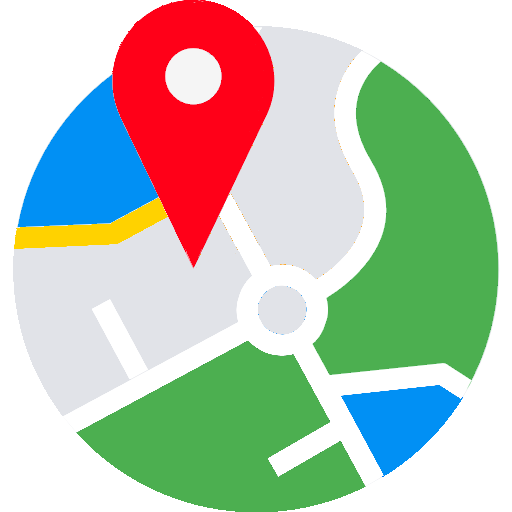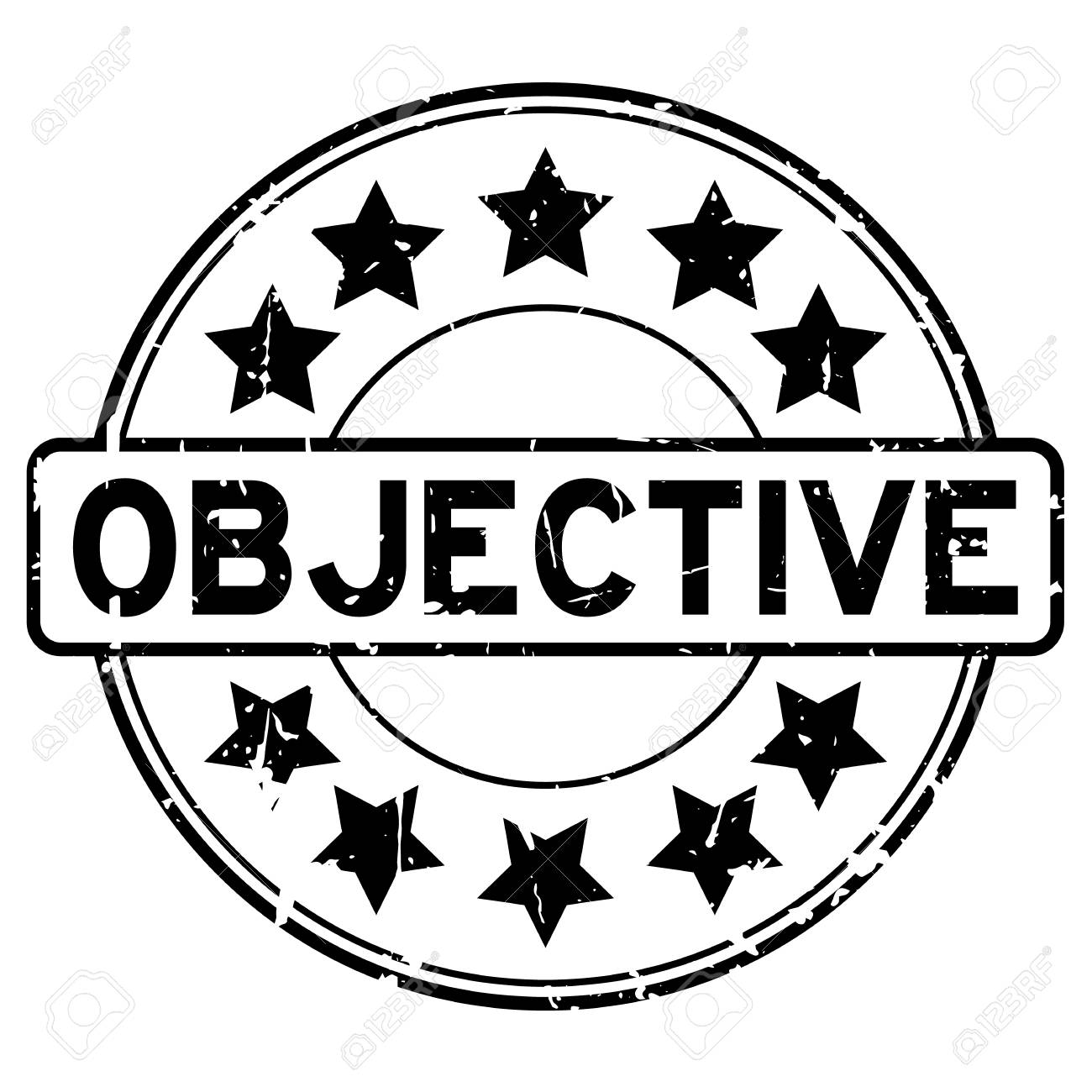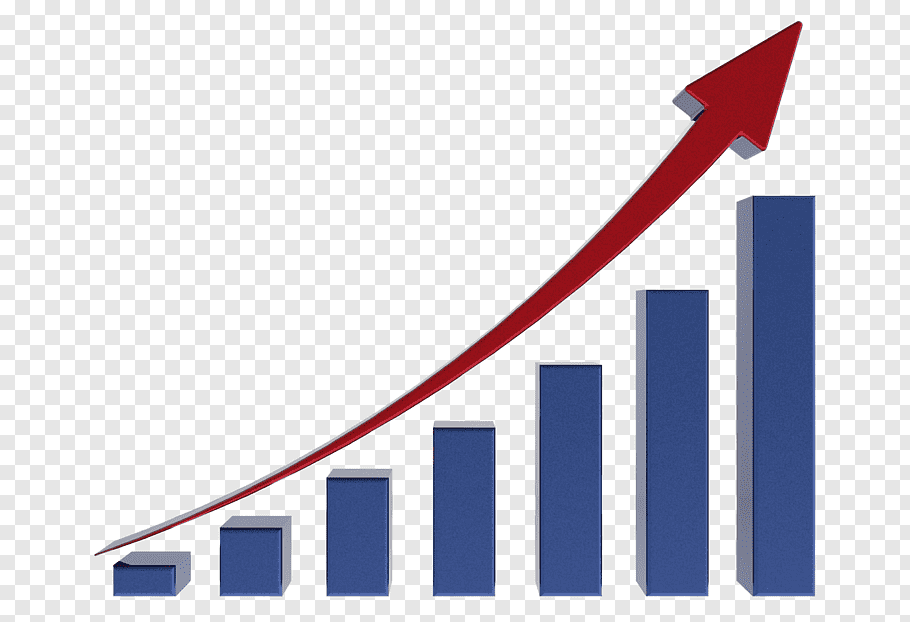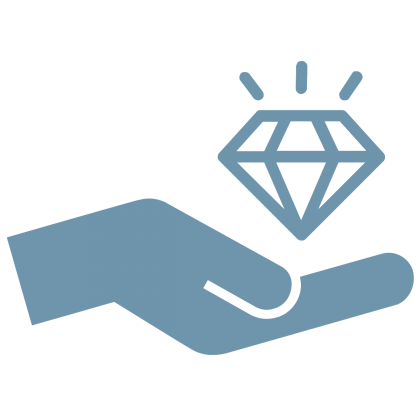About us

Target Population
The Programme shall benefit male and female smallholder fish farmers involved in fish farming including youth benefiting from employment and self-employment opportunities along the segments of the aquaculture value chain.

Programme Area
The Programme is envisaged as national in scope but targeting counties with high concentrations of aquaculture activity, high production, existing sectoral infrastructure (processing, marketing and research), adequate water resources and marketing potential. The Programme will target fifteen counties (Migori, Kakamega, Homa Bay, Nyeri, Meru, Kirinyaga, Tharaka-Nithi, Kisii, Kisumu, Siaya, Busia, Embu, Kiambu, Machakos and Kajiado). The programme will target a number of selected counties during the first year and will further expand along the project implementation on a need basis.

Goal
The overall goal of the Programme is to reduce poverty and increase food security and nutrition in rural communities.

Objective
The Programme development objective is to increase the incomes, food security and nutritional status of the wider communities of poor rural households involved in aquaculture in the targeted Counties.
Programme Components

Component 1: Smallholder aquaculture development.
This component aims at improving the production and productivity as well as the food security and diet quality of smallholder farmers through the following activities:
Subcomponent 1.1: Smallholder aquaculture production
This subcomponent will focus on improving the productivity and incomes of smallholders with the land and resources to farm fish for profit through the following activities: (i) the mobilisation and sensitization of the communities to aquaculture-related opportunities through different measures, including formation of Smallholders Aquaculture Groups (SAGs), in order to ensure inter alia the inclusion of women and youth (ii) aquaculture infrastructure development (iii) the support of small- scale producers by reviving small-scale aquaculture input industry development to establish robust links to existing accessible value chain operators or to produce their own supplies and, (iv) training and capacity building tailored to the specific needs of beneficiaries by county and sub-county in order to improve aquaculture productivity.
Subcomponent 1.2: Development of enterprises in support of smallholder aquaculture production.
This subcomponent aims at promoting the establishment/strengthening of youth dedicated Aquaculture Support Enterprises (ASEs), to be engaged in any business activities related to the aquaculture value chain, as a means of income generation and empowerment for non-producers of fish, in order to improve their access to resources and productive assets.
Subcomponent 1.3: Community nutrition initiatives.
This subcomponent aims at contributing to good nutrition using fish as the food vehicle to improve diet quality in the targeted counties through (i) the funding of nutrition surveys and studies, curriculum and training materials development, and also (ii) a support to community nutrition actions to demonstrate the benefits of fish farming and fish utilization for sustainability.

Component 2: Aquaculture value chain development.
This Component aims at improving the efficiency of the whole aquaculture value chain with a concentration of programme efforts and resources on operations including smallholders through the following activities:
Subcomponent 2.1: Smallholder-based aquaculture value chain development
This subcomponent will focus on contributing to the establishment of a commercially viable aquaculture value chain in Kenya, with a focus on small- and medium-sized aquaculture producers by promoting :
- The public private producer partnerships (PPPPs) based on mutually beneficial contractual obligations among the Programme under the form of Independent Aquaculture Aggregators (IAAs) or Lease contracts, and also
- Investments for ASEs and SAGs through a business plan competition window allowing the identification of business opportunities on specific segments of the value chain.
Subcomponent 2.2: Aquaculture sector enabling environment and support services
This subcomponent aims at supporting the strengthening of the overall enabling environment needed for the sustained development of the sector through:
- Policy engagement, support and technical advice to Government
- Upgrading of public infrastructure
- Support to extension services
- Support for establishing/strengthening of aquaculture training centres for extension staff
- Support to research activities linked to the Programme objectives
- Support of fish health and surveillance services
- Support for quality assurance services and
- Strengthening financial services for the aquaculture value chain to allow the actors access to finance.
